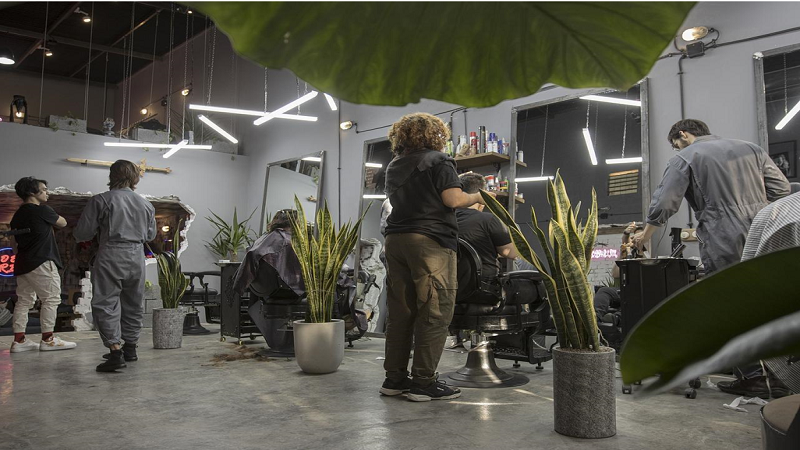When the entrepreneurial spirit beckons, franchising often presents itself as a bustling avenue of opportunities. Diving into this vast ocean warrants a compass, and here we are, focusing our lens on two of the most dynamic sectors: the Food vs Salon industries.
Fathom The Franchise: Decoding The Food And Salon Industries
The franchising skyline has food chains dotting its landscape, with the formidable presence of fast food titans and casual dining behemoths. The allure of food franchises is hard to resist, spanning across varying palates and cuisines, while riding on the coattails of established brand recognition and customer loyalty.
On the other side of the spectrum, the salon industry, bolstered by the growing trend towards self-care and personal aesthetic enhancements, is experiencing a burgeoning popularity. With an array of services, from hair salons to spas, salon franchises harness the power of recurring services to foster enduring customer bonds.
Mapping Market Trends And Projections
The market trajectory for food franchises paints a promising picture, bolstered by escalating consumer demands for convenience and culinary diversity. With the global fast food market charting a path towards exponential growth, it offers a proverbial gold mine for prospective franchisees.
The salon industry, riding the wave of increased cognizance of personal aesthetics and wellness, forecasts promising growth patterns. Venerated market pundits envisage an ever-expanding beauty and personal care industry, making salon franchises a sound investment proposition.
Deciphering Investments: Cost, Profit, and ROI
Mining the Initial Investment Costs
Venturing into a food franchise usually demands a significant initial financial plunge. This includes franchise fees, equipment, inventory, and real estate, with costs oscillating between $100,000 to a staggering $1 million, subject to brand and location.
Salon franchises, though comparatively lighter on the pocket, still command a hefty investment. The costs involve franchise fees, salon paraphernalia, products, and leasehold improvements, with an initial investment spectrum ranging from $50,000 to $500,000. It’s always good to learn how to create a franchise business plan so you’re on top of the numbers from the start.
Anticipating Profits and ROI
The food franchise sector, with high sales volumes, promises substantial profitability, albeit tempered by operational costs such as labor and rent. However, the potential for high revenue often yields a favorable ROI over time.
Salon franchises, on the other hand, offer attractive profit margins with recurring services and product sales fueling steady revenue streams. Efficient management can fast-track a robust ROI, making salon franchises a tempting investment.
Unraveling Operational Considerations
Mastering Management Requirements
Running a food franchise necessitates a robust approach to managing a high-pressure, fast-paced environment, with daily operations spanning food preparation, inventory management, regulatory compliance, and impeccable customer service.
Conversely, salon franchises mandate a focus on customer experience and service quality. Daily operations encompass appointment scheduling, staff management, salon hygiene, and cultivating customer relationships, requiring attention to detail and a relentless commitment to customer satisfaction.
Tackling Staffing And Training Challenges
Food franchises often encounter staffing challenges due to the need for a large workforce and high staff turnover rates, making recruitment and continuous training a necessity. Visit here for more details.
Salon franchises, while needing a smaller but specialized workforce, underscore the importance of hiring qualified personnel and ongoing professional development to stay abreast of industry trends and techniques.



